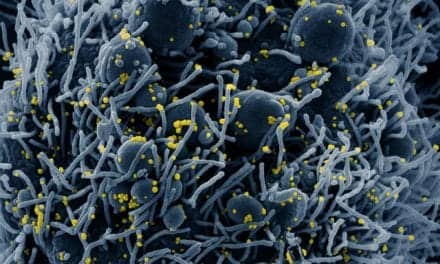A new technology that combines high throughput imaging and machine learning could speed discovery of drugs to fight tuberculosis.
Current treatment requires multiple drugs for at least six months and sometimes years, and antibiotic resistance is growing, increasing urgency for finding new treatments.
However, drug discovery typically requires production of hundreds of derivatives of an original compound in order to find the most effective version. The new technology, dubbed MorphEUS (Morphological Evaluation and Understanding of drug Stress), provides a rapid, efficient, cost-effective way to determine how specific compounds act to destroy Mycobcterium tuberculosis (M. tb), the bacterium that causes tuberculosis.
“We urgently need shorter, more effective TB therapies, and MorphEUS enables us to screen through drug candidates, see how they actually affect the cell, and learn which drugs have unique ways to kill the M. tb,” said Bree Aldridge, associate professor of molecular biology and microbiology at Tufts University School of Medicine and senior author on the associated paper about the new platform published online in the Proceedings of the National Academies of Sciences (PNAS).
Aldridge and her colleagues applied MorphEUS to 34 currently available antibiotics for which modes of action were already established and three non-commercial compounds. MorphEUS categorized the drugs correctly 94% of the time. In the remaining instances, MorphEUS identified previously unknown target pathways.
The search for new TB treatments has been stymied by difficulties in identifying the biological activity of compounds early in the drug discovery process and the need to clarify the mechanism of action of existing therapies. Antibacterials kill pathogens via specific molecular actions, for example, by destroying the microbe’s cell wall or inhibiting protein synthesis. The drugs leave clues to their particular modus operandi: characteristic physical unraveling of the bacterial cells, which may affect length, width, shape of structures like the chromosome, staining ability, and other properties.
“We found that conventional morphological profiling approaches didn’t work with M. tb, because the bacterium’s inherent response to treatment was extremely variable, and changes in morphology were much less obvious than in bacteria like E. coli,” said Trever C. Smith II, co-first author on the paper and a postdoctoral researcher in the Aldridge laboratory.









